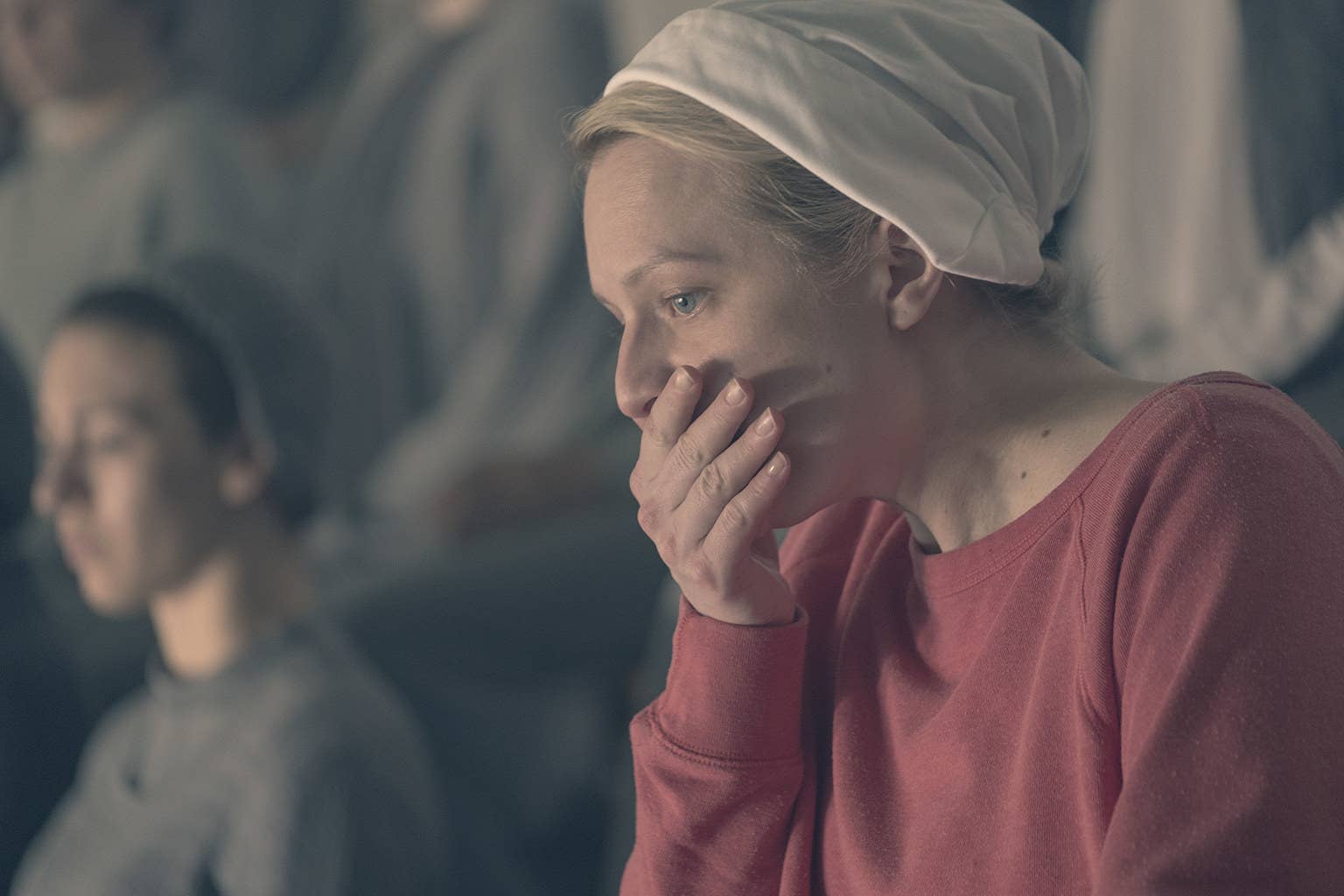
There’s escapist TV and then there’s The Handmaid’s Tale, a series so steeped in despair that many viewers have simply opted out. It didn’t have to be this way. Yes, the show is innately upsetting: It takes place in a world where heavily restricted roles are imposed on women, some of whom are handmaids forced into sexual servitude to produce children for high-ranking men. But the show’s second season — free from the constraints of adapting Margaret Atwood’s novel of the same name — could have pivoted to a narrative of resistance. Instead, for the most part, it doubled down on misery.
That’s just one of the missteps made by the Hulu series in its sophomore season. The show still has moments of greatness, thank to consistently compelling characters like June, Emily, Aunt Lydia, and Serena, and the tremendous performances by the actors playing them: Elisabeth Moss, Alexis Bledel, Ann Dowd, and Yvonne Strahovski. Nevertheless, The Handmaid’s Tale as a whole has become something of a slog, burdened by aimless plotting and a seemingly endless onslaught of trauma. Here are some of the ways the show failed its audience, with MAJOR SPOILERS through the season finale.
Constant wheel-spinning
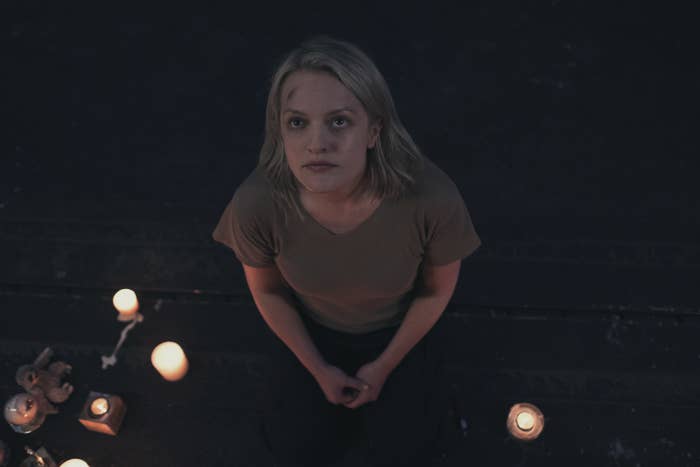
The Handmaid’s Tale’s biggest problem — and the one from which so many of its other problems spring — is that the show seems terrified to move the plot forward. The first season ended, like the novel, with June being carted off to an unknown future. Without the source material to guide the plot, the show’s writers had the freedom to take the story in countless directions. And while the Season 1 cliffhanger is resolved quickly — June (Moss) had been taken away as part of Aunt Lydia’s (Dowd) sadistic retribution for the handmaids’ revolt — the Season 2 premiere actually does see June break free from her life as Offred. Nick (Max Minghella) helps her escape the Waterfords, and the episode ends with her burning her handmaid’s dress and cutting the tracking device out of her ear.
It’s a cathartic moment of reclamation: She is June, not Offred, a name that defines her as belonging to Fred (Joseph Fiennes). And then, two episodes later, she’s captured by the Guardians. In “Other Women,” the fourth episode of the season, June is Offred again, and so beaten down by the horrific oppression of Gilead that she seems entirely resigned to her fate. The return to the status quo is incredibly depressing, not to mention frustrating as a viewer — and it happens repeatedly throughout the season. In the 11th episode, “Holly,” a stranded June evades discovery by Fred and Serena (Strahovski) and has her baby on her own. The next episode reveals that she was captured and returned to Gilead offscreen. And in the most frustrating example of The Handmaid’s Tale’s stalling, the season ends with June and her baby nearly escaping Gilead — only for June to give the baby to Emily (Bledel) and turn back.
Relentless bleakness

The writers presumably have a plan for June, and it likely involves her starting a revolution from within Gilead. That’s a valid story to tell, but the problem with the fake-outs of her repeated near escapes is that they contribute to an overwhelmingly dispiriting narrative in which resistance to an oppressive regime is quashed over and over again. The Handmaid’s Tale is not obligated to offer hope — and the portrayal of how difficult it is to overcome a violently patriarchal society is certainly true to life — but this season has been genuinely unpleasant to watch. The moments of optimism are few and far between, and they are largely crushed under the weight of the brutality June and her fellow handmaids endure.
The amount of violence — both physical and psychological — you can take as a viewer varies from person to person, but the trauma of Season 2 is especially upsetting because of its failure to propel the plot forward. Take, for example, June’s mutilation of her ear in the premiere. It’s an exceptionally graphic scene (kudos if you were able to watch it without turning away), but it works because it represents June’s determination, at all costs, to break free from Gilead. That she’s so quickly thrown back into that world undermines the moment: Her pain earns her nothing. It’s true that suffering is endemic to The Handmaid’s Tale — it’s built into this world — but without much hope to latch onto, it starts to feel superfluous. The show is hard to watch, yes, but to what end?
Breaks in logic
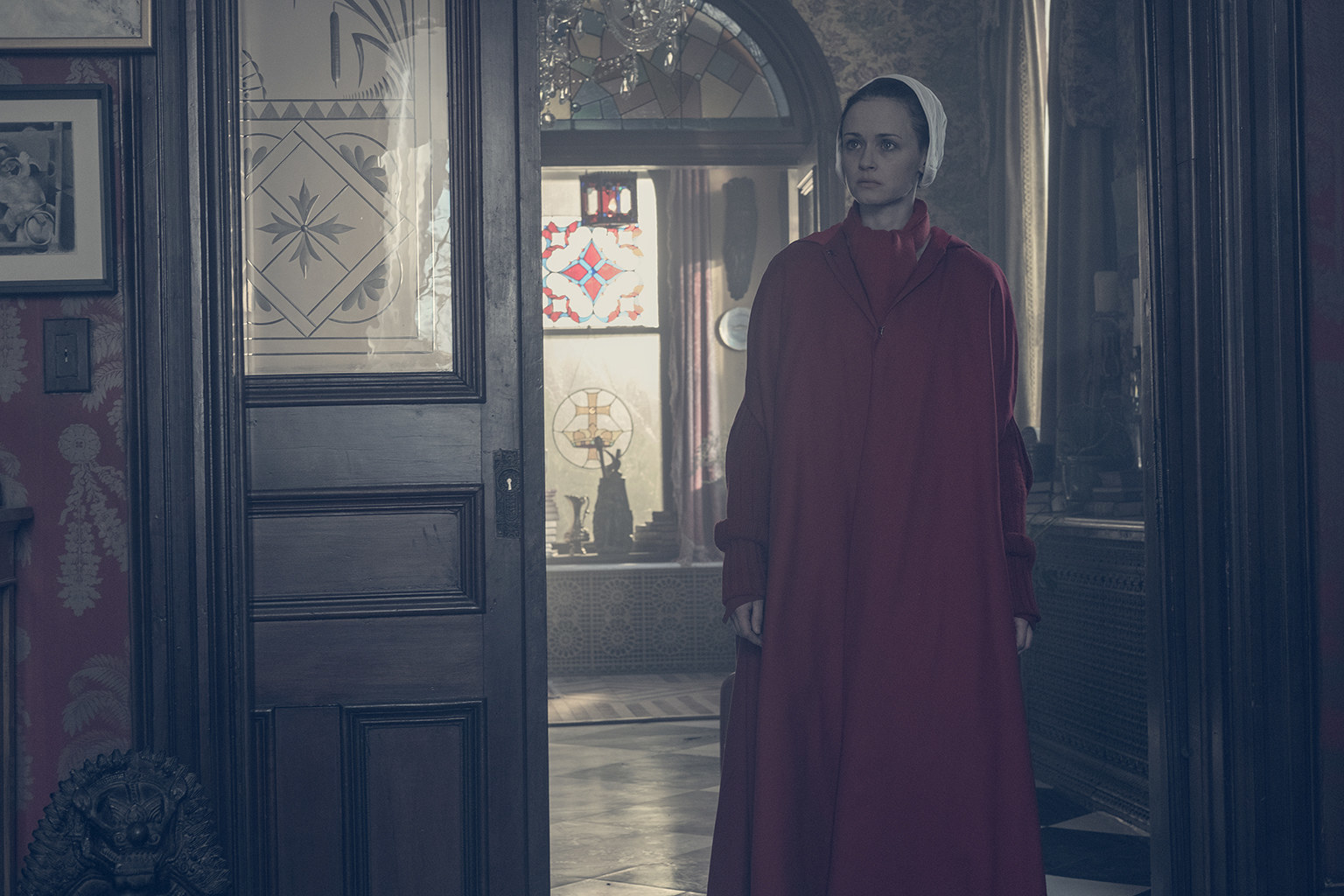
Another result of the series dragging its feet, and specifically of its reluctance to disrupt the way things are, is that it allows for some unbelievable plot contrivances. No one is more emblematic of this than Emily, a character The Handmaid’s Tale cannot let go of, despite the fact that she really shouldn’t be here anymore. While Bledel is one of the show’s strongest assets, the series shouldn’t have to sacrifice logic to keep her around. When Emily made her triumphant exit in Season 1 — taking a Guardian down with her — it looked like the last we’d see of her. And yet, she not only survives into the second season but manages to make her way back to Gilead, thanks to a suicide bomb–induced handmaid shortage.
It strains credibility that a woman who has shown constant rebellion against Gilead’s values, culminating in her literally murdering a Guardian, would be brought back from the Colonies to return to her role as a handmaid. She is — with good reason — dangerously homicidal and a confirmed threat! That she stabs Aunt Lydia should come as no surprise to anyone. (And then she gets away with it, because she somehow managed to get assigned to a commander who is sympathetic to her plight. Season 2 Emily has shockingly good luck.)
Narrative detours
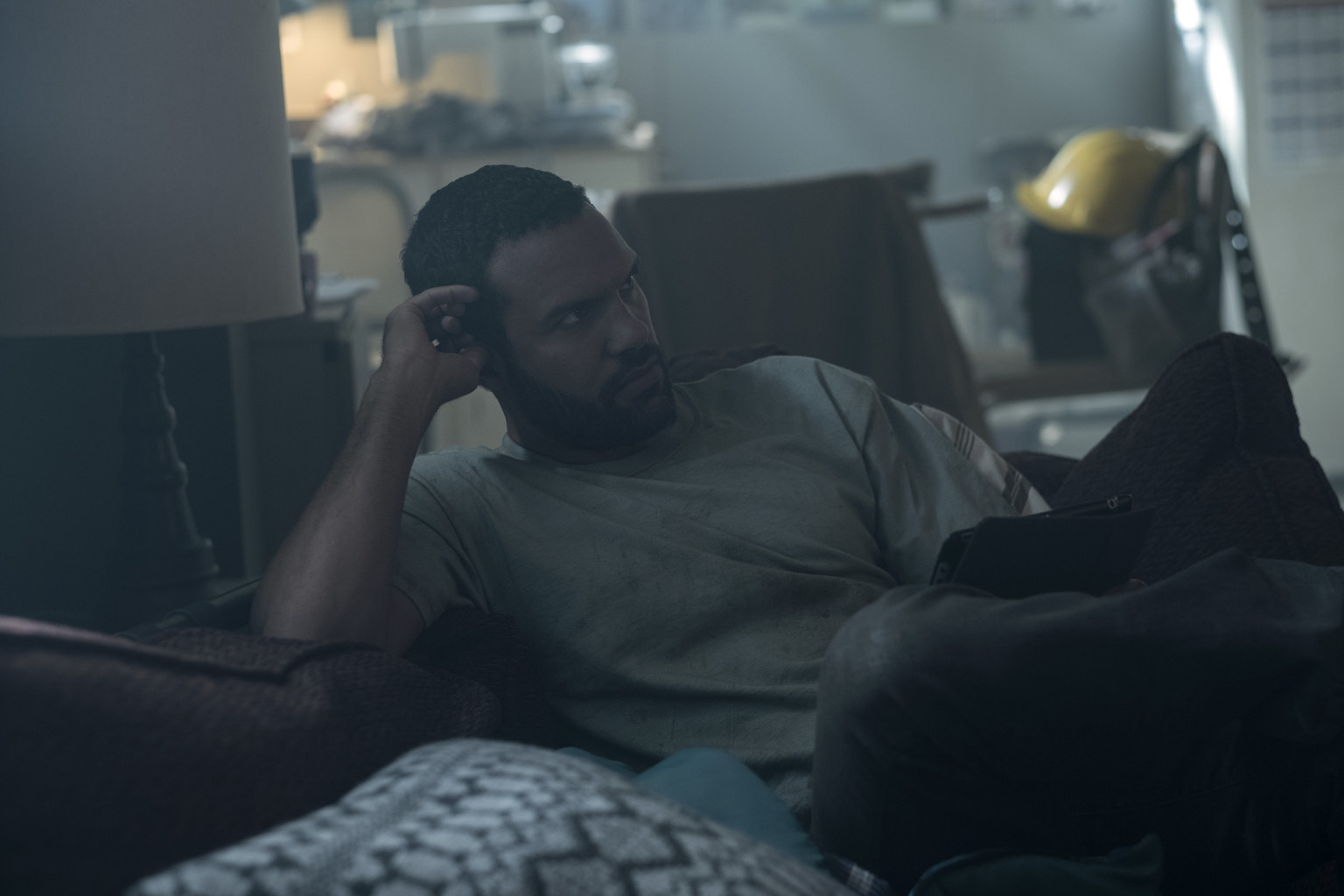
While The Handmaid’s Tale slowly shambles on to its inevitable conclusion, it has to do a fair amount of plot padding. In one sense, that’s a relief — viewers need a break from the repetitive story of June getting crushed by this system. Sadly, the show hasn’t been all that successful at telling other stories. Every time the action cuts to Canada, The Handmaid’s Tale deflates. Luke (O-T Fagbenle) has never been all that interesting — literally none of the men on this show are! — and Moira (Samira Wiley) always feels like an afterthought. It’s disappointing given how much potential she showed in the first season; an arc exploring her PTSD could have been compelling, but for the most part, the show seems to forget she exists. And it’s especially unfortunate because Moira is one of very few black characters on a series that appears determined to willfully ignore race (more on that below).
Then there are the flashbacks: During Season 1, they provided valuable backstory that illuminated how the US had descended into the masculinist nightmare our characters find themselves in. Season 2’s flashbacks are occasionally revelatory — Emily’s in “Unwomen,” the second episode of the season, is heartbreaking and eerily on point given our current political climate — but, for the most part, they start to feel unnecessary. Not to mention the fact that the more The Handmaid’s Tale reveals about the pre-Gilead world, the more the timeline starts to fall apart. (See above re: breaks in logic.) Or perhaps it’s wishful thinking to believe the country couldn’t fall under totalitarian rule with such expediency.
Misguided romance
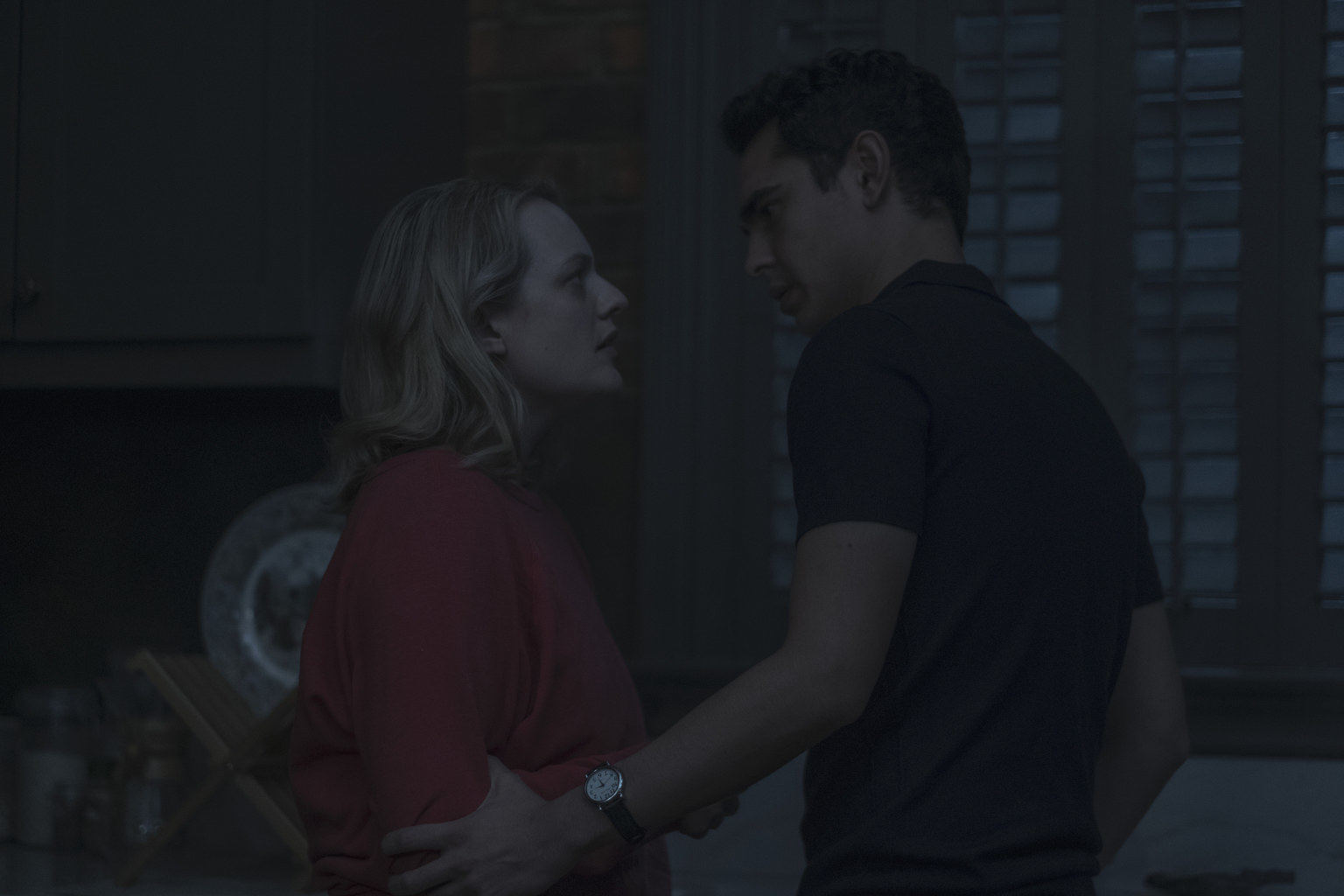
Look, it’s one thing for Nick to be in love with June. It even makes sense that she would grow fond of him and turn to him for comfort or sexual escape or distraction. But Season 2 turns Nick into a romantic hero, a confounding choice that reflects the writers being much more invested in the character than the audience is. Evolving what June and Nick have into some sort of forbidden love story just doesn’t feel right — and that’s not out of any loyalty to Luke, because, again, the men on this show hardly matter. It’s more that it feels rushed and inorganic, a ham-fisted attempt to inject some romance into a series that doesn’t have a lot to offer on that front. And while Nick certainly does what he can to help June, he’s still been complicit in this system for some time and continues to benefit from it. That makes it a real challenge to root for these two crazy kids trying to make it work.
Meanwhile, Nick is forced into marriage with a child bride, Eden (Sydney Sweeney). She’s pious and devoted to him — even though he wants little to do with her — until she suddenly falls in love with a Guardian named Isaac (Rohan Mead). It could be an interesting story to tell, but it happens so quickly (and largely offscreen) that it’s hard to invest much in it. When Eden and Isaac choose to die for each other, their torturous execution — they are weighed down with chains and thrown into a swimming pool to drown — feels like more of The Handmaid’s Tale’s sadism. Sure, it’s a moment of growth for Serena, who is horrified enough to let June nurse her baby, but Eden and Isaac (and their romance) weren’t developed enough for their deaths to resonate.
Failure of intersectionality
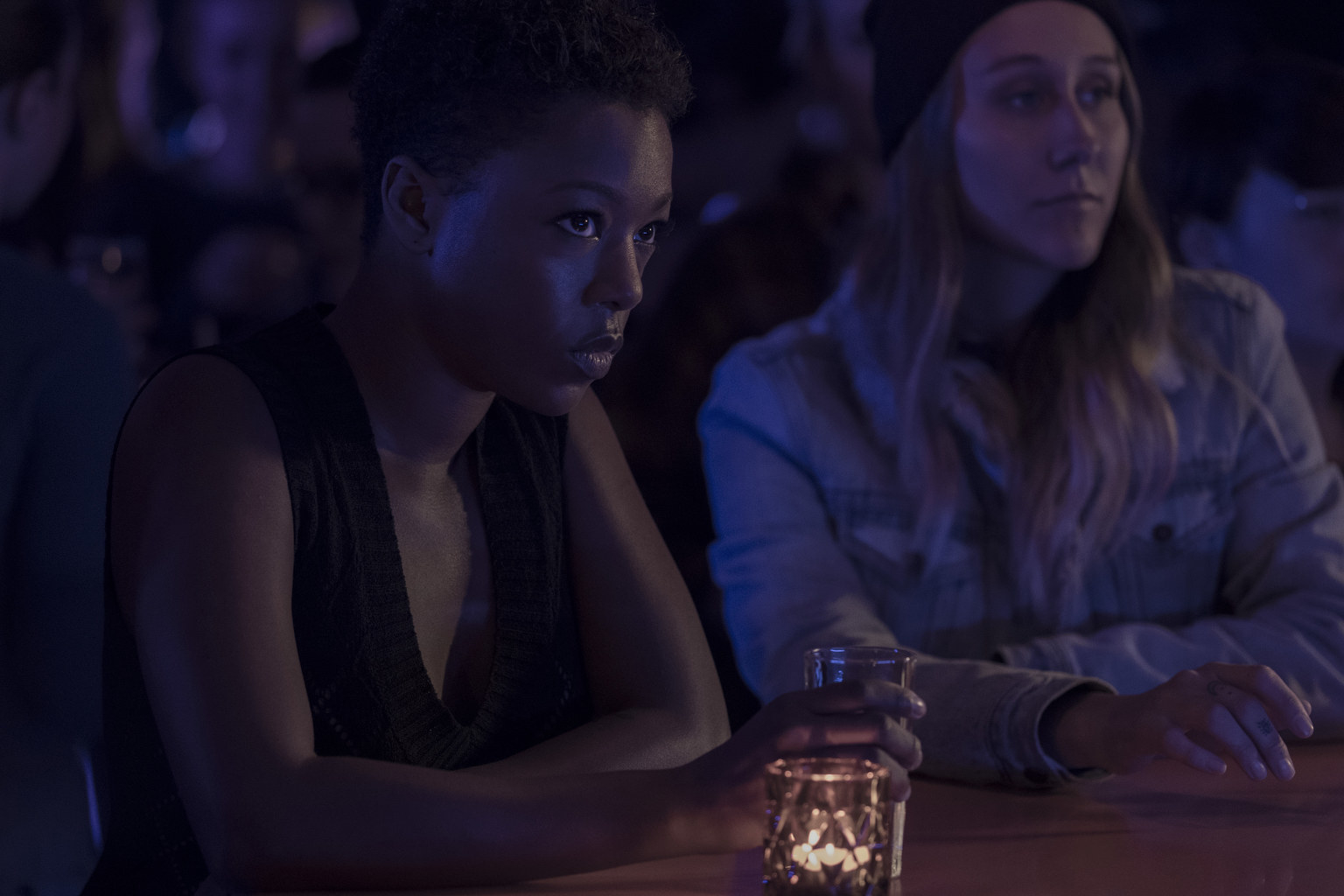
After the first season of The Handmaid’s Tale drew criticism for its treatment of race — or rather, its failure to examine race at all — showrunner Bruce Miller insisted the second season would learn from those mistakes. The idea of Gilead as a “postracial” society never really made any sense, and while the show couldn’t exactly reverse that, there are plenty of ways in which it could have at least acknowledged the racial identity of its nonwhite characters, while also giving some sense of how race might play into the rigid hierarchy of this world. Instead, The Handmaid’s Tale does approximately nothing to explain how the collapse of the US into a dystopia where women are subjugated and queerness is forbidden would suddenly eliminate racism and the idea of race. There are no easy answers because, again, it makes no sense.
The only thing Season 2 really does is add more actors of color — which is admirable but does nothing to address the underlying problem. The series remains unable to consider race. Take, for example, the flashback in which we meet Luke’s ex-wife, Annie (Kelly Jenrette); at no point is there any acknowledgment of the racial politics of a black man leaving his black wife for a white woman, which earned the show more criticism. This is a show all about gender — it is built entirely around that concept — but until The Handmaid’s Tale learns to make its feminism intersectional, it’s going to keep letting its audience down.
